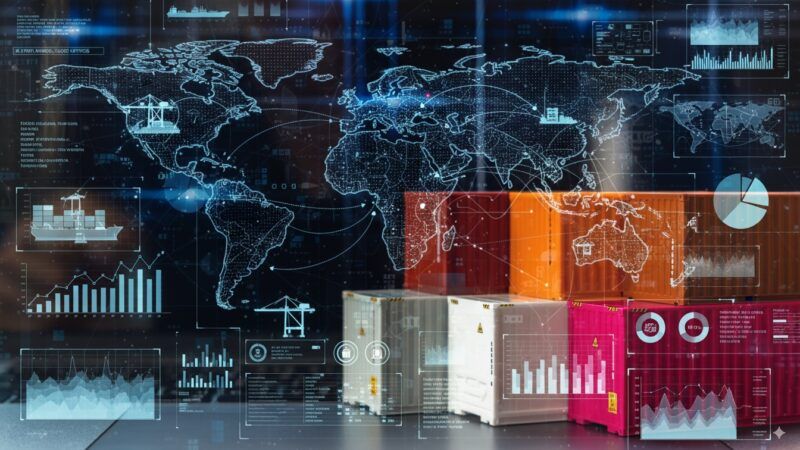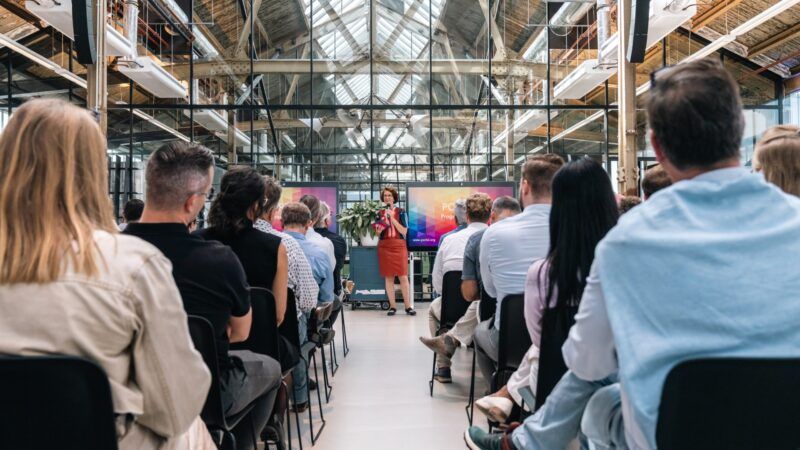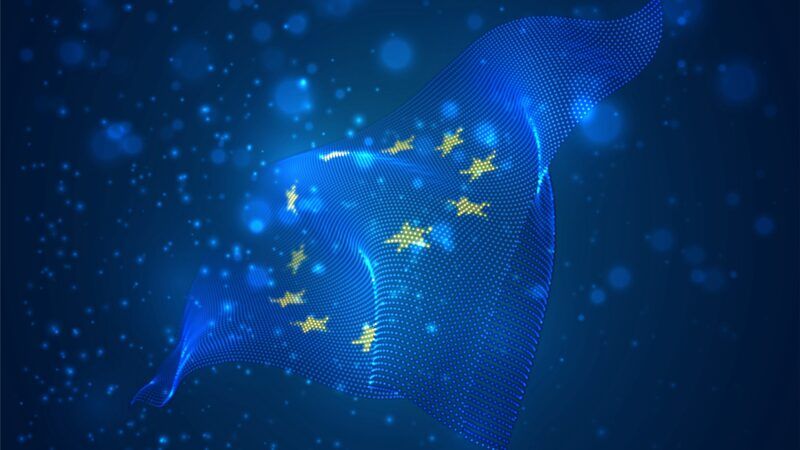The Beacon, Antwerp’s innovation hub
Antwerp's innovation hub acts as a nexus between public and private companies and start-ups to work towards the digitization and sustainability of the Belgian city's industrial and port sectors. The port, a partner of The Beacon, has implemented several projects thanks to the momentum of a hub that is already looking beyond its borders. We spoke with its general manager, Inés Sylverans.
The Beacon was born in Antwerp in 2018 with the strategic objective of driving digitalization, circularity and sustainability in the Belgian city, which has such relevant assets as the largest chemical cluster in Europe, the second largest in the world (after Houston, US), and the second largest port in Europe.
This was the time when the smart city concept was beginning to gain momentum, and when many cities were committed to welcoming start-ups. In the case of Antwerp, Inés Sylverans, CEO of The Beacon, explains, in conversation with PierNext, that its size is “perfect” for concept testing as it is “a small big metropolis”, which linked this port city with start-ups in an organic way.
![]()
A collaborative spirit born as a pop-up
The Beacon was initially a collaborative pop-up between the city, the port, the University of Antwerp and other partners such as Lantis, Agoria and Imec. Sectorally, the focus is on three major hubs: smart ports & logistics, smart industry and smart cities & mobility.
“We needed new ideas to transform these sectors for the future. At the time, a lot was happening with start-ups, so we needed to provide them with a space where they could locate their offices, collaborate, meet and bring the whole ecosystem together, because even though the world is becoming more and more digital, it's very important to have physical spaces that drive collaboration,” Sylverans recalls.
After the first year, The Beacon was located in a 16,000m2 building, 9,500m2 of which were allocated to startups, companies, incubators and accelerators and where the offices of some of the founding partners are also located.
It started as a collaborative project, but soon began to grow to occupy all available space. It was then, 5 years ago, that The Beacon was officially born as a non-profit organization, with government and private partners, to bridge the gap between public and private companies and start-ups.
“The real acceleration started in the last two years, once the pandemic was over. We have grown to a community of 100 techs, 38 of which are residents; 30% are start-ups, 30% are scale-ups and the remaining 30% are companies, plus research institutions, because we believe in a triple helix collaboration. So government, business, research and education are connected in the building,” she explains.
![]()
The Beacon: events and networking
This connection is strengthened by the organization of some 40 events per year, which, he shares, are structured on three levels:
- Those oriented to present and future technologies for the sector, where current issues of interest such as cybersecurity and its regulation are reported and discussed. Other areas are IoT, drones and robotics, blockchain, AI, sensors and data.
- The second relates to incubators. The Beacon has KBC, the largest Belgian incubator, on its premises, which 150 start-ups join every year, and imec.istart, the six-month accelerator program of one of its partners that guides technology companies in accelerating their financial growth and in developing their business model.
- The third and final one is related to the future and the third missing “leg”: customers. Sylverans explains that their main goal for the next two years will be to get non-tech companies involved in their ecosystem to turn to them when they require technology-related solutions.
![]()
Helping the port achieve its objectives
This collaboration extends to the creation of programs with various players in the maritime sector who, given the regulatory needs (e.g. the Corporate Sustainability Reporting Directive) and the need to increase their efficiency, come knocking on The Beacon's door in search of solutions.
In the specific case of the Port of Antwerp, Sylverans explains that they meet monthly with their innovation team, who tell them what goals they want to achieve in the future, and that they select and propose new companies based on the feedback from these meetings.
- As an example of this dynamic, she explains that the port recently gave a presentation at The Beacon on the security of ship access to the port grounds and the need to increase it, make it smarter and improve predictive maintenance, as ships are not the same size as they used to be and this can cause problems. “They defined eight use cases and about 50 people from our community were exchanging ideas on what kind of technology is available, the possibility of pilots and further follow-up. The port is working with us to learn about the local technology market,” she notes.
The other side of the coin is to select start-ups and verify that they are sufficiently prepared to work with critical infrastructures, if they can do so on a large scale and in a sector where the pace is different from B2C and where legislation is often several steps behind in terms of technologies such as drones or autonomous boats.
The Beacon start-ups working with the port
The general manager presents several cases related to the port of Antwerp:
- The drone company ADLC collects samples from the BASF chemical company's ships and transports them, in just 10 minutes, to the facilities of SGS, an inspection company that must verify that the cargo meets all standards. Its transport by road would take about an hour, increasing the waiting time and the economic cost of the ships docked at the port.
- Seafar has a fleet of semi-autonomous boats whose pilots guide them through inland waterways remotely from the office, through straight, not dangerous, but tedious stretches.
- INoses are sensors that can detect odors caused by leaks thanks to drones that inspect the port area, which, as Sylverans reminds us, is six times larger than the city itself.
Future plans: to grow and internationalize
Inés Sylverans shares exclusively with PieNext an even larger project that will see the light of day in about five years: an innovation campus and test bed to be located on municipal land that will further increase the capacity of The Beacon.
“Another goal we have is to connect with other international ecosystems, as we have a very clear vision of what is happening in the city or in Belgium, where we already work with other innovation centers and with Flanders Investment and Trade in local missions and abroad. However, we want to join forces and find out what is happening in the rest of Europe and the world. That's why we have gone to meet technological innovation ecosystems in Barcelona, Helsinki or Hamburg, for us it is very interesting”, concludes Sylverans.
The lighthouse of The Beacon hopes to shine even brighter, not only in the ecosystem of Antwerp and Belgium, but worldwide, with a concept rooted in the idea of community and collaboration.






